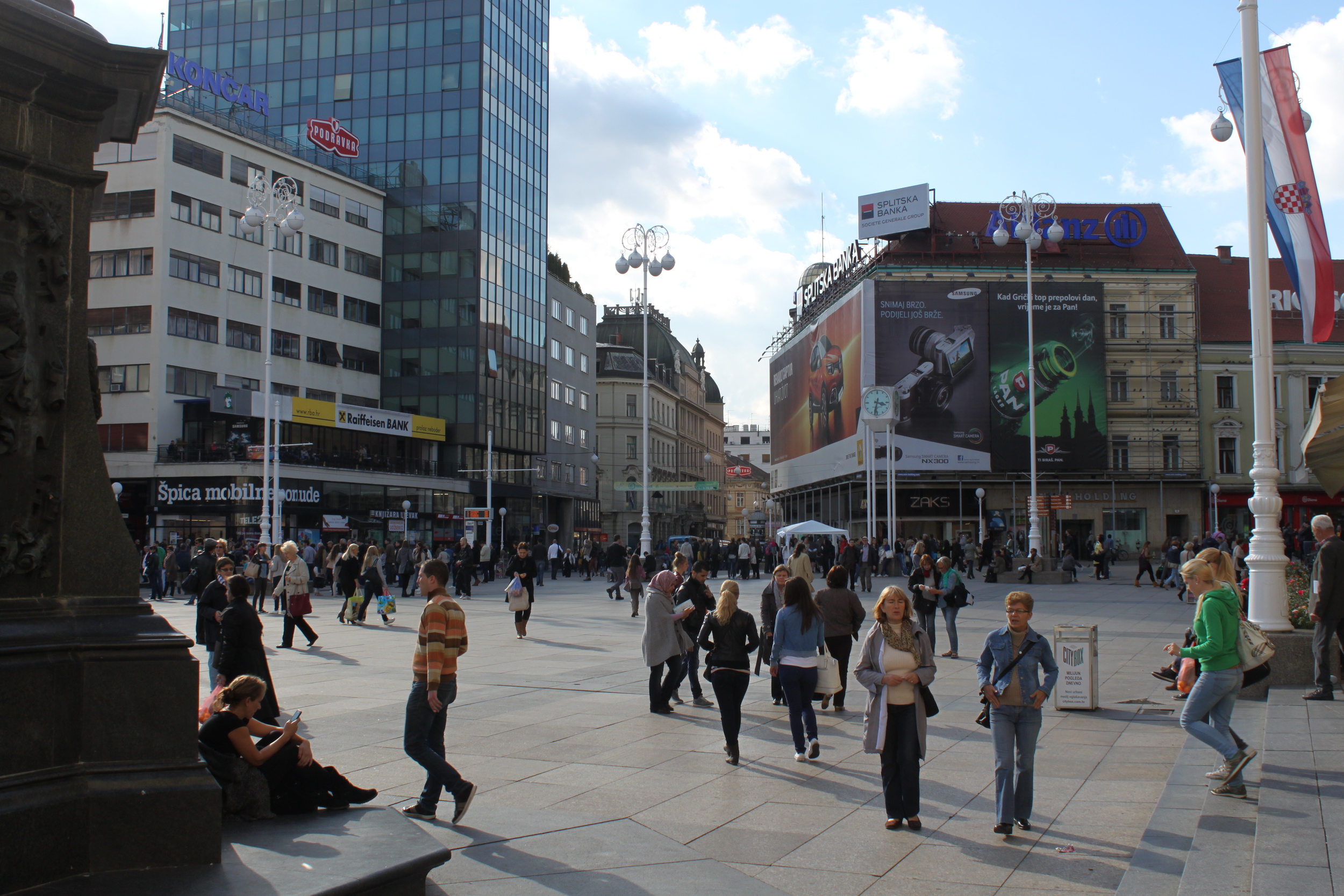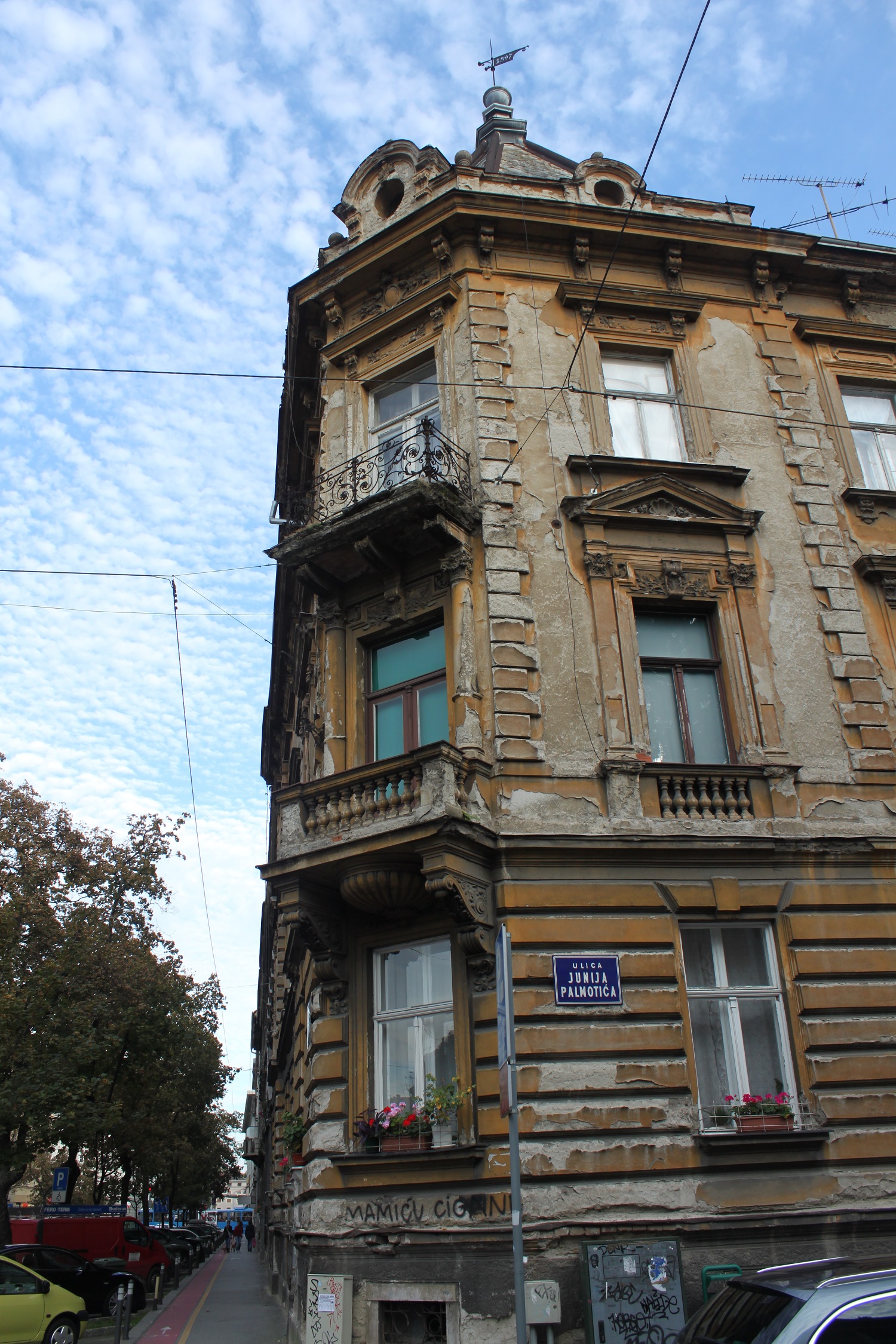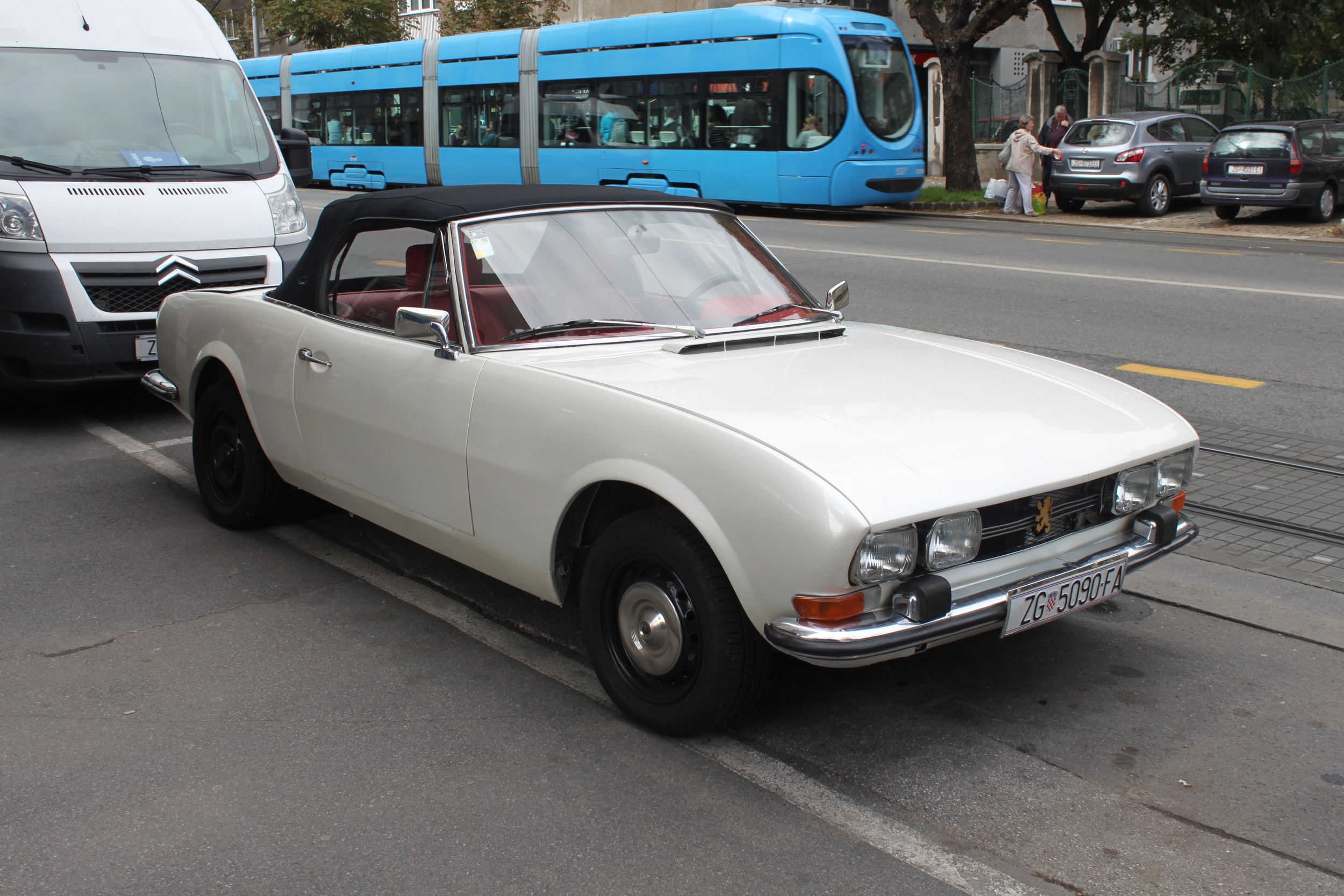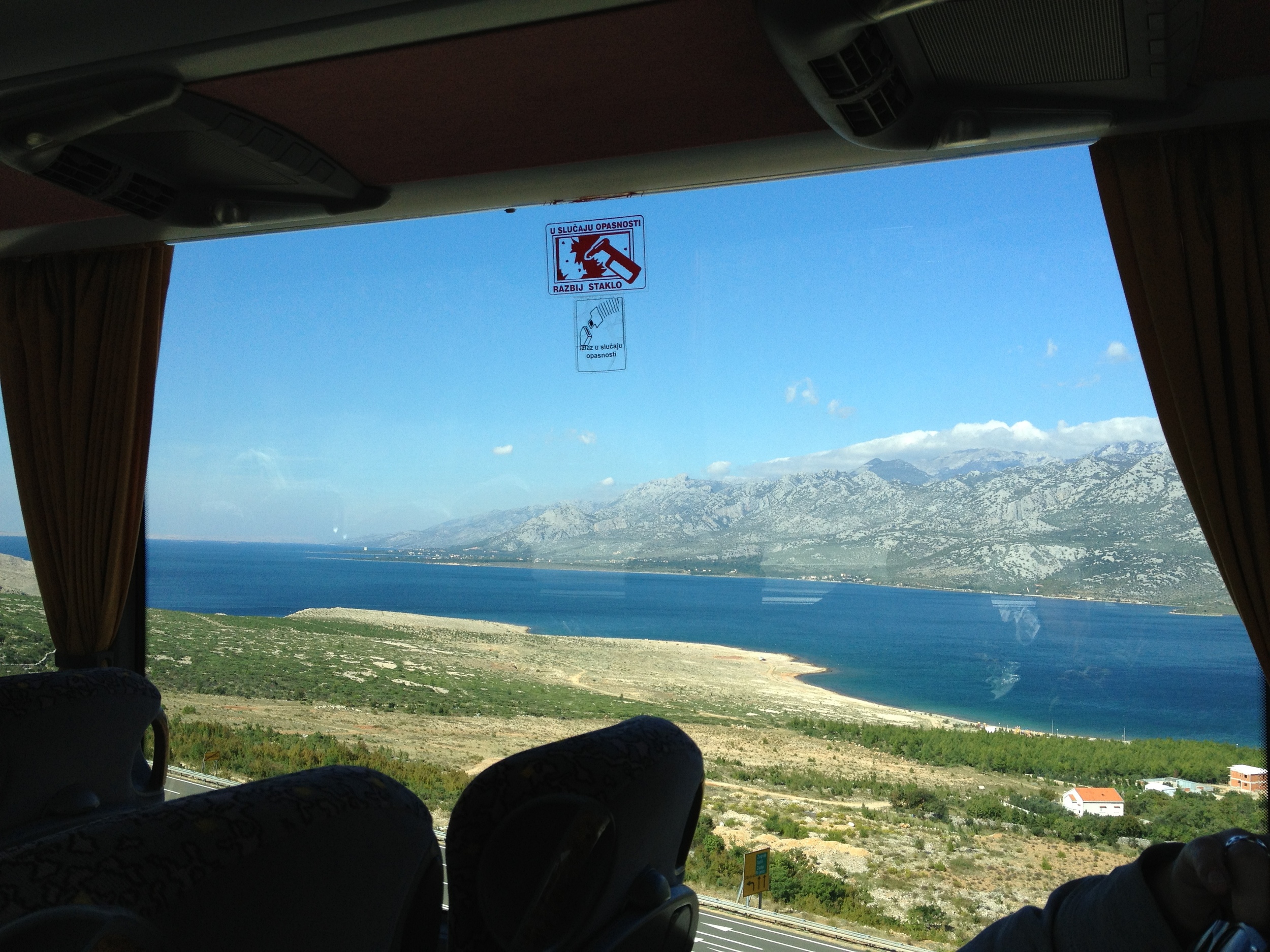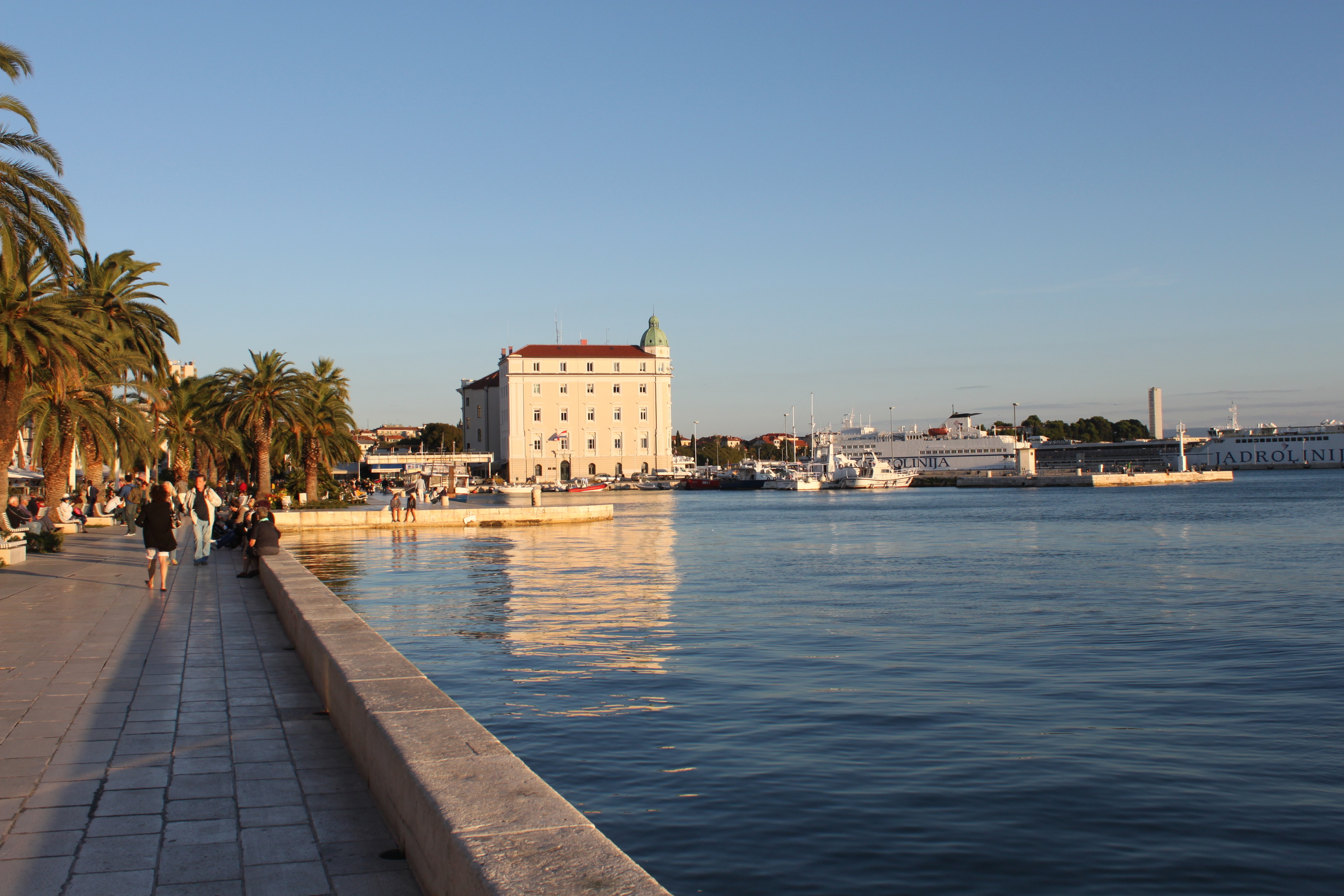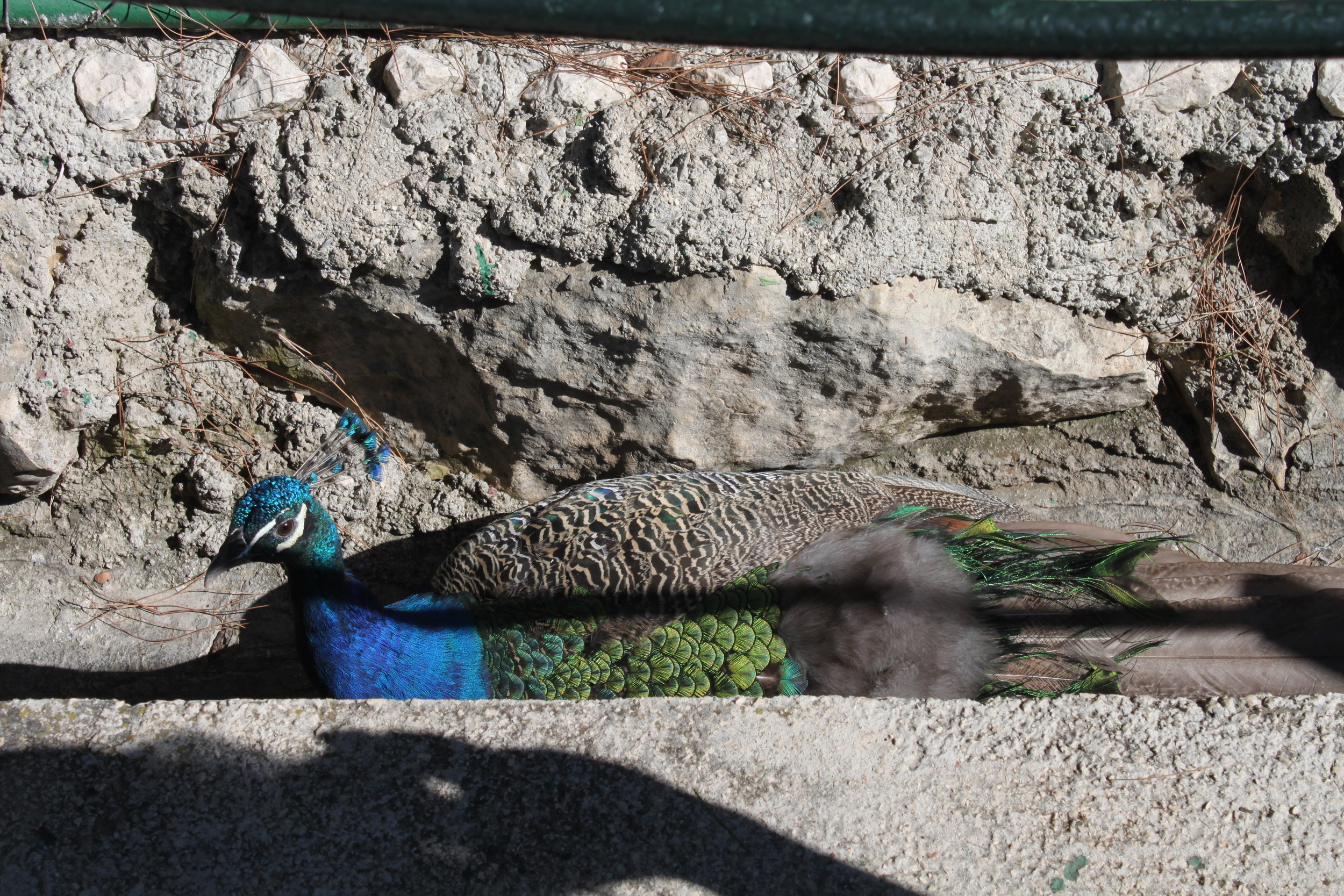zagreb and split
Bright and early Tuesday morning we said goodbye to Istanbul and caught our flight to Zagreb, the first stop in Croatia. Like many visitors, we really only found ourselves in Zagreb because it’s easier than flying directly to the coastal region. Despite being the capital of the country, neither of us had heard anything about Zagreb before so we had no idea what it would be like. We decided to stay a night and check it out.
Our hostel was located in a standard city neighborhood that clearly does not see many tourists. After spending time in places like Goreme and Dalyan, which may have more foreigners than locals, this was a bit of a relief. We knew we were off the beaten path when we stepped into our first restaurant, frequented by older beer drinkers, and ate a solid three course meal for about $3.75 each. I glimpsed the cook in the kitchen picking meat off the bone and switching between putting pieces on the plate and into her mouth like “one for me, one for you.” We spent the rest of the day walking around the city and trying to get a feel for life in Zagreb. We ultimately came away impressed with how modern the city feels, with an excellent tram system, bustling streets and well-landscaped parks, despite some still-crumbling architecture even in the best parts of town. Unfortunately the country’s dysfunction is also evident as almost nobody pays for the trams that are supposed to cost about $2 per ride. We capped off the night with a heavy Eastern European feast at a nice restaurant including several drinks and dessert, running us what a budget restaurant in NYC might cost. We were very glad we decided to spend a day here and would have been happy to spend more time checking out bars, visiting museums and learning about the area’s unique recent history.
The next morning we caught an early bus to Split, which is the country’s second-largest city set beautifully on the Dalmatian coast. Since gaining independence in the early ‘90s Croatia has focused on its infrastructure, putting together a beautiful new freeway that connects all of its major cities and is still being extended today. With a speed limit of 130 km/h (81 miles per hour) the drive can now be done in less than four hours.
We stayed two nights in Split in a perfect little airbnb apartment just outside the tourist district. Our neighborhood was several centuries old with streets too narrow for cars but it was all houses—it still had all of its local charm. We spent most of our time wandering around the old walled city (dating back to the 4th century AD) and sitting on the riva, the open walkway along the harbor. Split is set on a peninsula that juts out from a tall ridge of limestone mountains, making a stunning backdrop for the unique architecture and Adriatic Sea. The city seems to be built for relaxing on a sunny day and watching the sun set over the sea, which it actually kind of is. The city began as the (ridiculously large) retirement home for a Roman emperor called Diocletian. The “palace” was so large that it was a walled city in itself for hundreds of years.
On our second day in Split we started off with cheese burek from a small bakery then climbed up to Marjan Park for panoramic views of the city. To our surprise, there was a little zoo in the middle of the park, complete with monkeys, ostriches, bears and more. That night we ate a delicious seafood meal at a small restaurant that only uses fresh-caught ingredients, so the menu changes daily. The owner / chef makes the meals right in front of you in an open kitchen so it feels like she’s having you over for dinner. That is, until a group of eight Chinese tourists show up to dine with you. I’d heard since arriving that Croatian wine was underrated and cheap, so we bought a good bottle of wine from a local shop and capped off the day relaxing in our little apartment. The next afternoon we were off to Hvar, an island off the coast, to begin the second half of our Balkan trip.
// eurotrip to date: 11 flights, 5 buses, 5 trains, 1 ferry, 2 road trips, 9 countries



